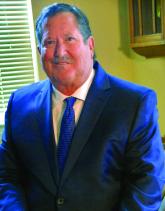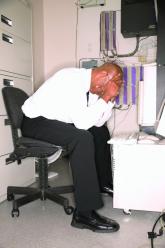News

‘Empathy fatigue’ in clinicians rises with latest COVID-19 surge
- Author:
- Emily Sohn
It is not shameful for clinicians to acknowledge that they experience emotions such as frustration, anger, sadness, and anxiety, said Dr. Mona...
News
Mindfulness benefits kids with ADHD, and their families
- Author:
- Emily Sohn
“Clinicians may consider combining or adding family-based mindfulness training with current practice for children with ADHD who have residual...
News

What brought me back from the brink of suicide: A physician’s story
- Author:
- Emily Sohn
Dr. William Lynes said his “downward spiral into darkness” began with a series of catastrophic medical events starting in 1998.
News
COVID and med ed cost: Are future docs paying more for less?
- Author:
- Emily Sohn
“Am I just going to end up doing most of my year online, and what does that look like for my future patients?”...
News

Facebook $52M settlement flags need to screen for vicarious trauma
- Author:
- Emily Sohn
“What I can tell you as a specialist is that trauma is trauma,” said Françoise Mathieu, MEd. “Our brain doesn’t necessarily know the difference...
News

DIY masks: Worth the risk? Researchers are conflicted
- Author:
- Emily Sohn
Some health care workers are making their own personal protective equipment.
